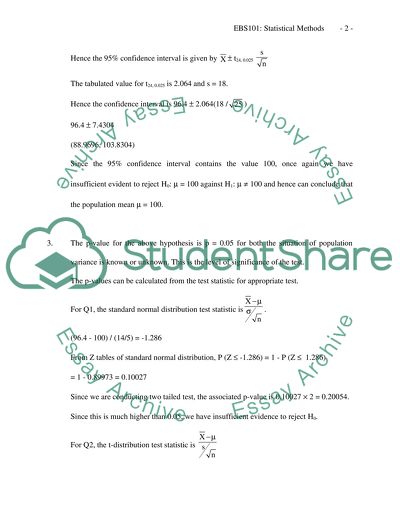Cite this document
(“Statistical Methods Math Problem Example | Topics and Well Written Essays - 2000 words”, n.d.)
Statistical Methods Math Problem Example | Topics and Well Written Essays - 2000 words. Retrieved from https://studentshare.org/science/1503643-statistical-methods
Statistical Methods Math Problem Example | Topics and Well Written Essays - 2000 words. Retrieved from https://studentshare.org/science/1503643-statistical-methods
(Statistical Methods Math Problem Example | Topics and Well Written Essays - 2000 Words)
Statistical Methods Math Problem Example | Topics and Well Written Essays - 2000 Words. https://studentshare.org/science/1503643-statistical-methods.
Statistical Methods Math Problem Example | Topics and Well Written Essays - 2000 Words. https://studentshare.org/science/1503643-statistical-methods.
“Statistical Methods Math Problem Example | Topics and Well Written Essays - 2000 Words”, n.d. https://studentshare.org/science/1503643-statistical-methods.


